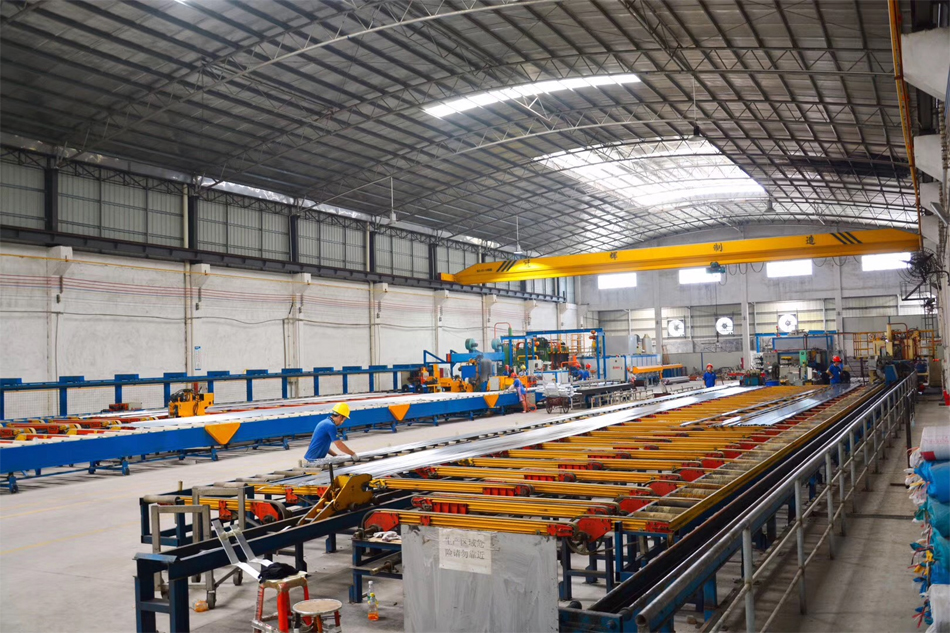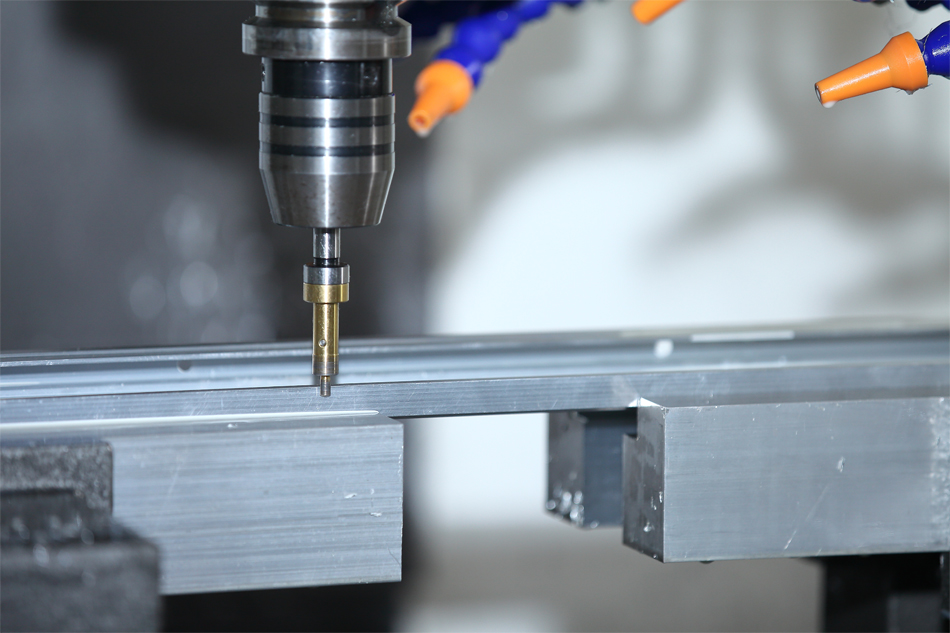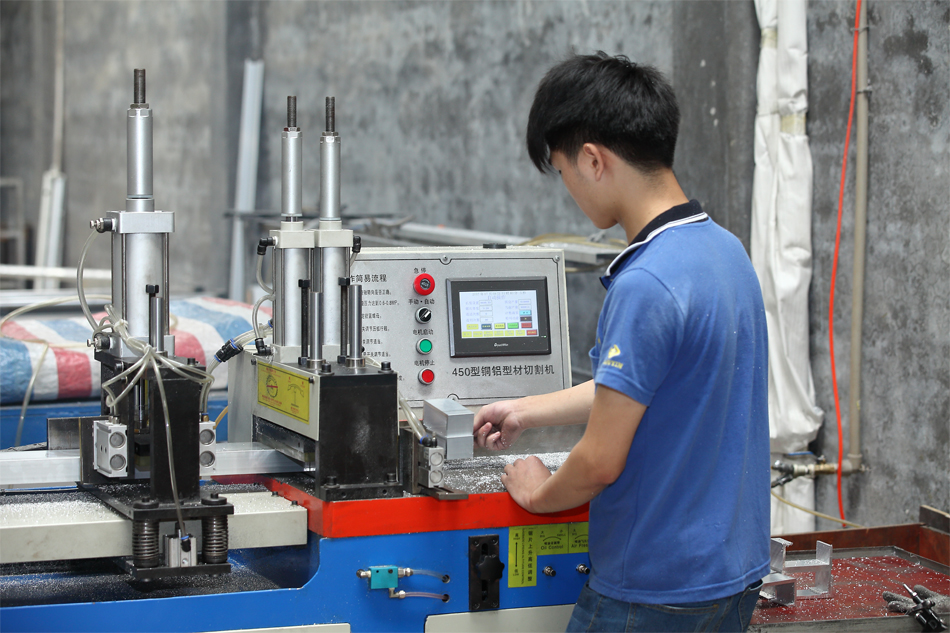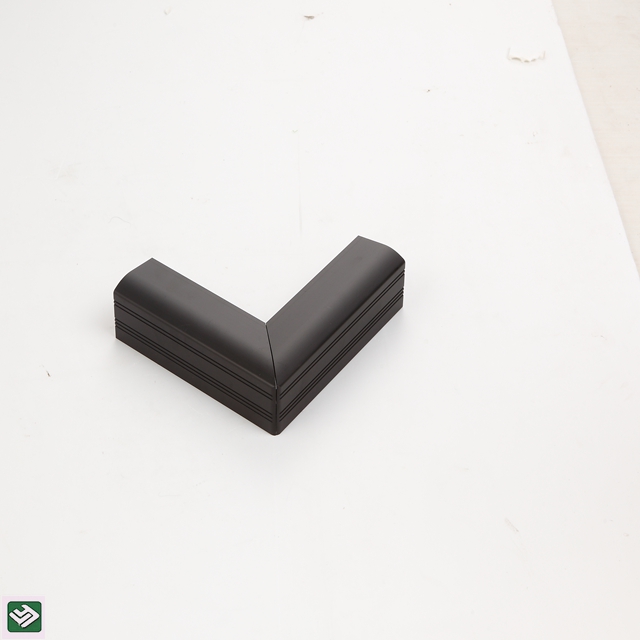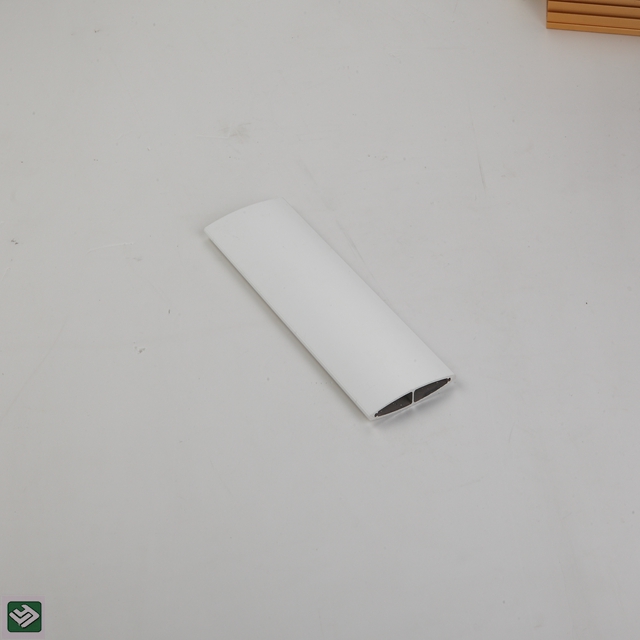Extruded metal heat sinks are among the lowest cost, widest used heat spreaders in electronics thermal management. Besides their affordability, extruded heat sinks are lightweight, readily cut to size and shape, and capable of high levels of cooling.
Most extruded heat sinks are made from aluminum alloys, mainly from the 6000 alloy series, where aluminum dominates. Trace amounts of other elements are added, including magnesium and silicon. These alloys are easy to extrude and machine, are weldable, and can be hardened.
Common alloys for extruded heat sinks are the 6063 metals. These can be extruded as complex shapes, with very smooth surfaces. 6061 aluminum is also used for extrusions. Its tensile strength (up to 240 MPa) is superior to 6063 alloys (up to 186 MPa). In addition to heat sinks, these aluminum alloys are popular for architectural applications such as window and door frames.
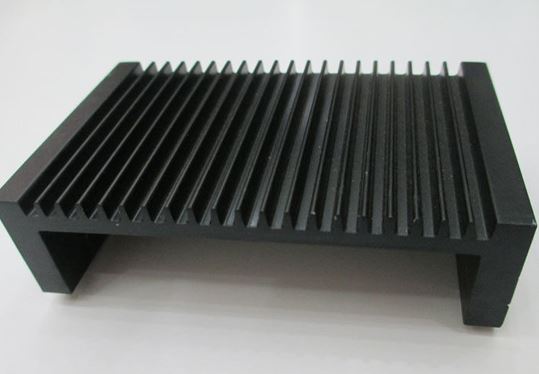
Figure 1. An extruded aluminum heat sink with a black anodized finish.
The surfaces of these metals can be anodized to replace their naturally occurring surface layer of aluminum oxide. Anodizing provides more heat transfer, corrosion resistance and better adhesion for paint primers. It is an electrochemical process that increases surface emissivity, corrosion and wear resistance, and electrical isolation.
Aluminum alloys are popular for extruding as heat sinks because they provide both malleability and formability. They can be easily machined and are as little as one-third the density of steel. This results in extrusions that are both strong and stable, at a reduced cost relative to other materials.
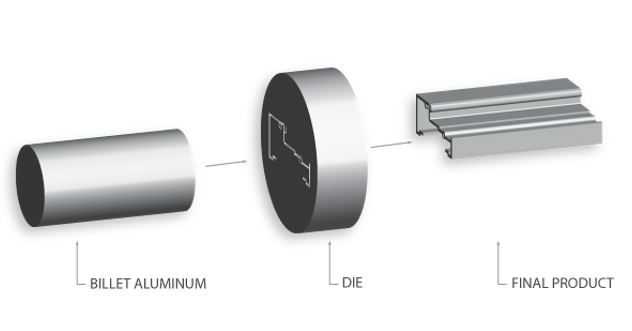
Figure 2. Heated aluminum alloy billets are pushed through a die to produce extruded length heat sinks and other parts.
The aluminum extrusion process starts with designing and creating the die that will shape the heat sink profile. Once this has been done, a cylindrical billet of aluminum is heated up in a forge to high temperatures, generally between 800-925°F (427-496°C). Next, a lubricant is added to the aluminum to prevent it from sticking to any of the machinery. It is then placed on a loader and pressure is applied with a ram to push heated aluminum through the die.
During this process, nitrogen is added in order to prevent oxidation. The extruded part will pass completely through the die and out the other side. It has now been elongated in the shape of the die opening. The finished extrusion is then cooled, and if necessary, a process of straightening and hardening creates the finished product.
They can be cut to the desired lengths, drilled and machined, and undergo a final aging process before being ready for market.
Finished heat sinks typically come with anodized surfaces, which can enhance their thermal performance. Alternatively, a chromate finish provides some corrosion protection, or can be used as a primer before a final paint or powder coating is applied.
Extruded heat sink profiles range from simple flat back fin structures to complex geometries for optimized cooling. They can be used for natural (passive) or forced convection (active) with an added fan or blower. Extruded profiles can also include special geometries and groove patterns for use with clip or push pin attachment systems.
Extrusions are also available in bulk lengths, e.g. 8 feet, which can be cut to different lengths per customer needs.
6063 aluminum alloy has a thermal conductivity of 201-218 W/(mK). Higher tensile strength 6061 aluminum’s thermal conductivity ranges from 151-202 W/(mK).
Besides choosing the aluminum alloy, selecting an optimal extruded heat sink should factor in its overall dimensions and weight, the specified thermal resistance, and the extrusion shape (flat-back, flat-back with gap, hollow, double-sided, etc.).
Extruded heat sinks can be designed with very thin, and thus more, fins than other sink types. They can be extruded with aspect ratios of around 8:1, which can greatly optimize heat sink performance. A heat sink’s aspect ratio is basically the comparison of its fin height to the distance between its fins.
In typical heat sinks the aspect ratio is between 3:1 and 5:1. A high aspect ratio heat sink has taller fins with a smaller distance between them for a ratio that can be 8:1 to 16:1 or greater.
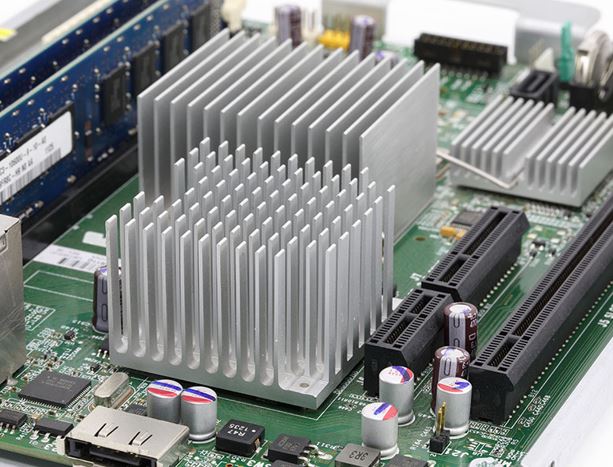
Figure 3. Different thin fin extruded heat sinks mounted on a PCB.
Thus, a high aspect ratio heat sink provides greater density of fins in a given footprint than with a more common size sink. The great benefit is the increased amount of heat dissipating surface area it provides due to its additional fins. Further, these heat sinks do not occupy any more length or width. The result is a more efficient heat sink with higher performance per gram in the same footprint.
An extruded heat sink is used mainly to increase the surface area available for heat transfer from high-power semiconductor devices, thus reducing a given semiconductor’s external case temperature, as well as its internal junction temperature.
This allows the semiconductor devices to perform at their highest level, with maximum reliability. Such semiconductor devices include (but are not limited to) RF power transistors, RF power amplifiers, Power MOSFETs, IGBTs, inverter power modules, and thyristor modules.
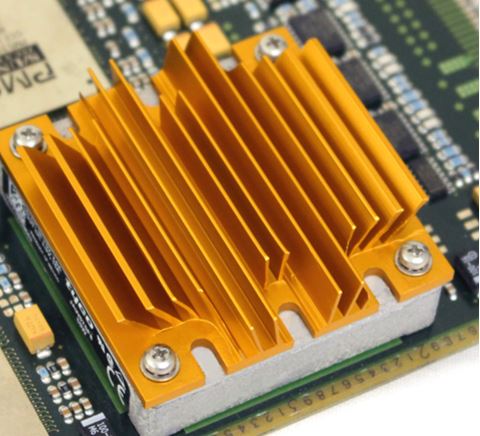
Figure 4. Extruded heat sinks screwed onto a brick DC-DC converter.
In some power conversion circuit applications, large diodes, rectifiers, diode modules and even high-power resistors (thick film, etc.) can also require thermal contact with an extruded heat sink. For cooling DC-DC power converters and power modules, extruded heat sinks are available for full, half, quarter and one-eighth brick sizes.
